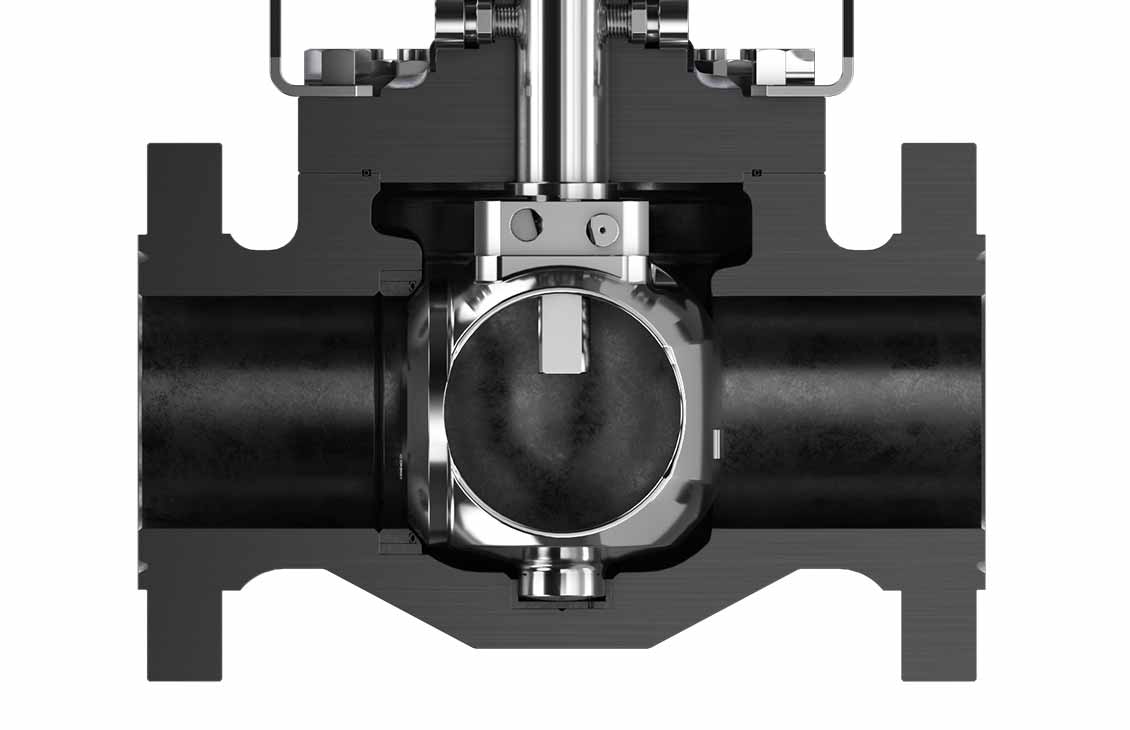Hydrogen Challenges for Valves
Published: 06/14/2023

Hydrogen Challenges for Valves
Published: 06/14/2023

With the current focus on creating an ecologically sound planet and decarbonization, hydrogen is getting tremendous attention as a solution to meet the world’s energy needs. Significant quantities of hydrogen are expected to be used as a means to decarbonize heating and other industrial applications, decrease power plant emissions, and provide the possibility of transporting and storing excess energy generated through renewable sources. If one adds to that the ever-increasing global need for energy, it becomes easy to understand how the expected increase in demand that some sources report will be as much as tenfold between 2019 and 2050. The problem, however, is that hydrogen is not an easy gas to handle, and it introduces some safety concerns.
It is important to understand the challenges that hydrogen gas brings to valves, and more specifically to transmission pipeline valves, in comparison to natural gas. While operators have significant experience with pipeline valves for natural gas, their experience is much more limited for valves used for transporting hydrogen. Although pipelines for pure hydrogen gas have been in service for many years, this type of pipeline has not been used in the sizes, pressure classes, and quantities that the industry is expecting will be required in the near future.
To better understand these challenges, one first needs to analyze the physical differences between hydrogen gas and natural gas. Once the differences have been established, it is important to discuss how hydrogen’s unique characteristics present challenges for valves, and the possible solutions to overcome these hurdles.
Download the PDF to read the full article.

